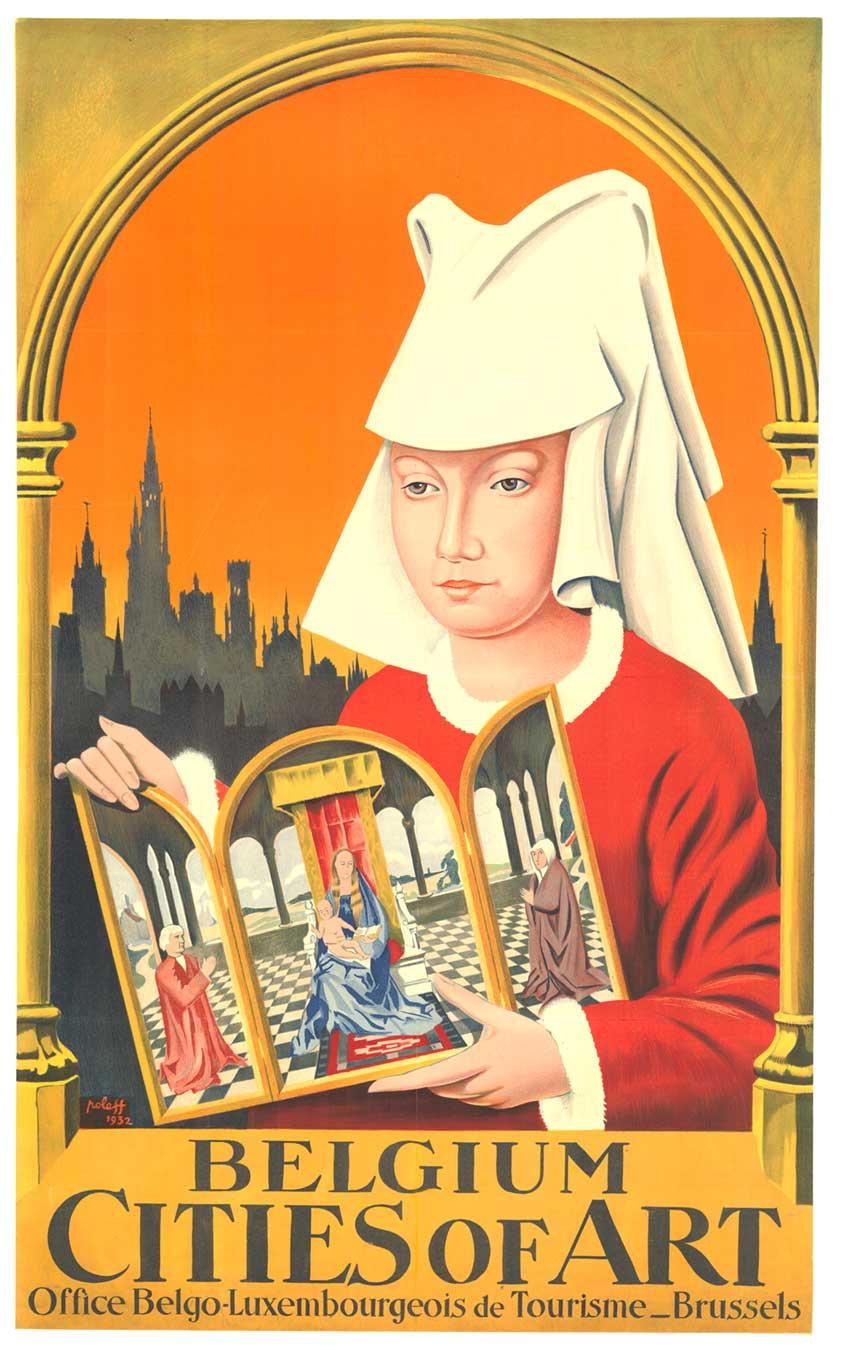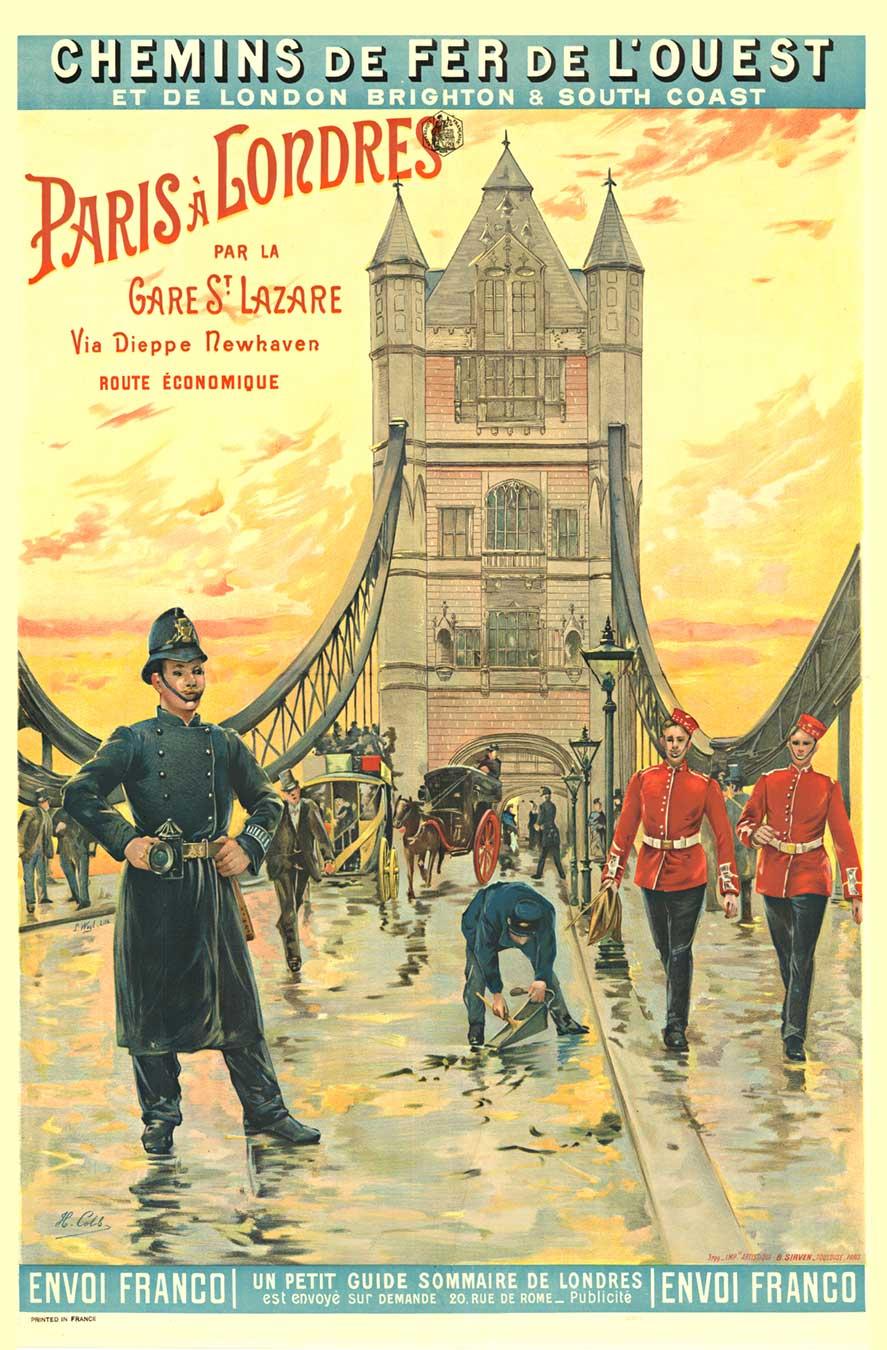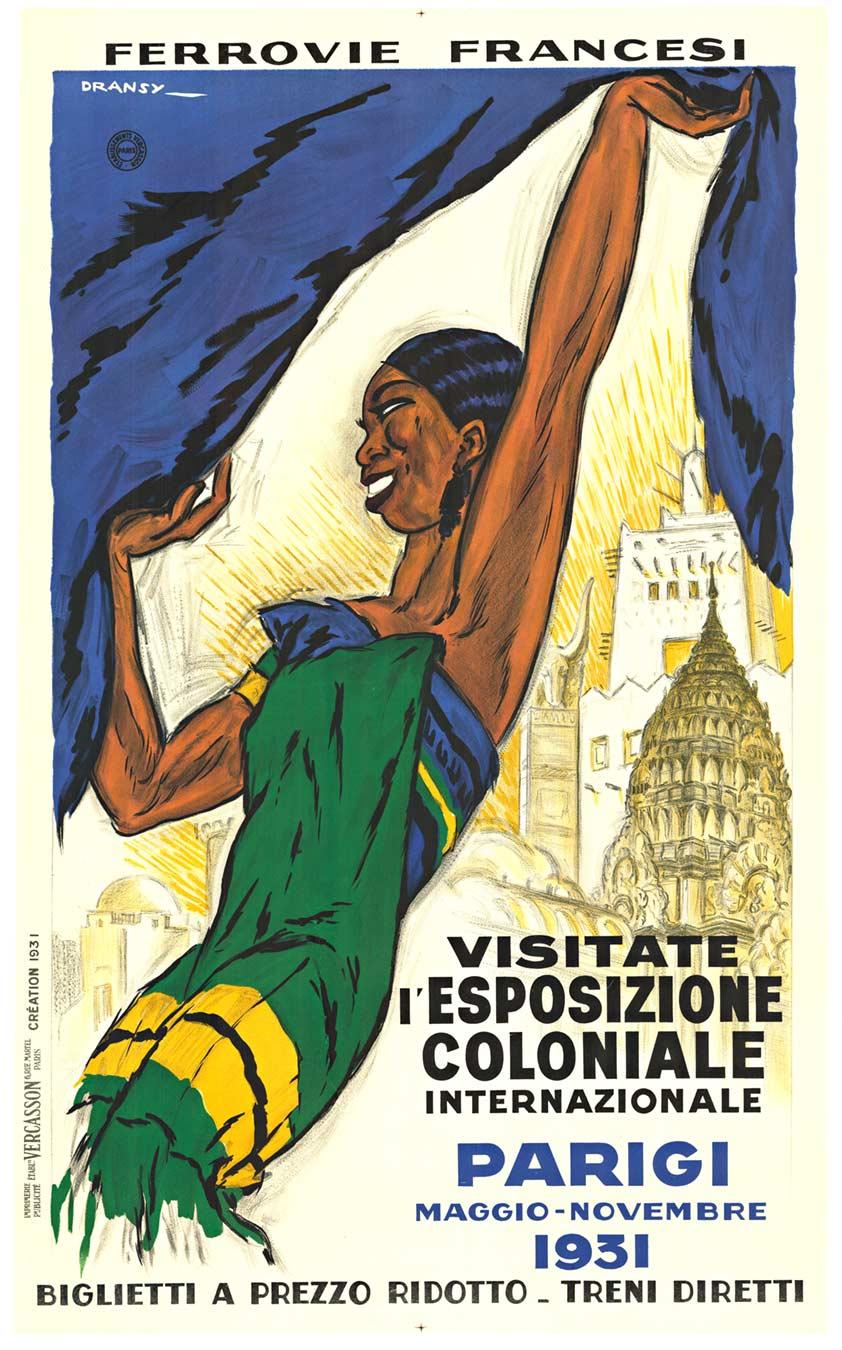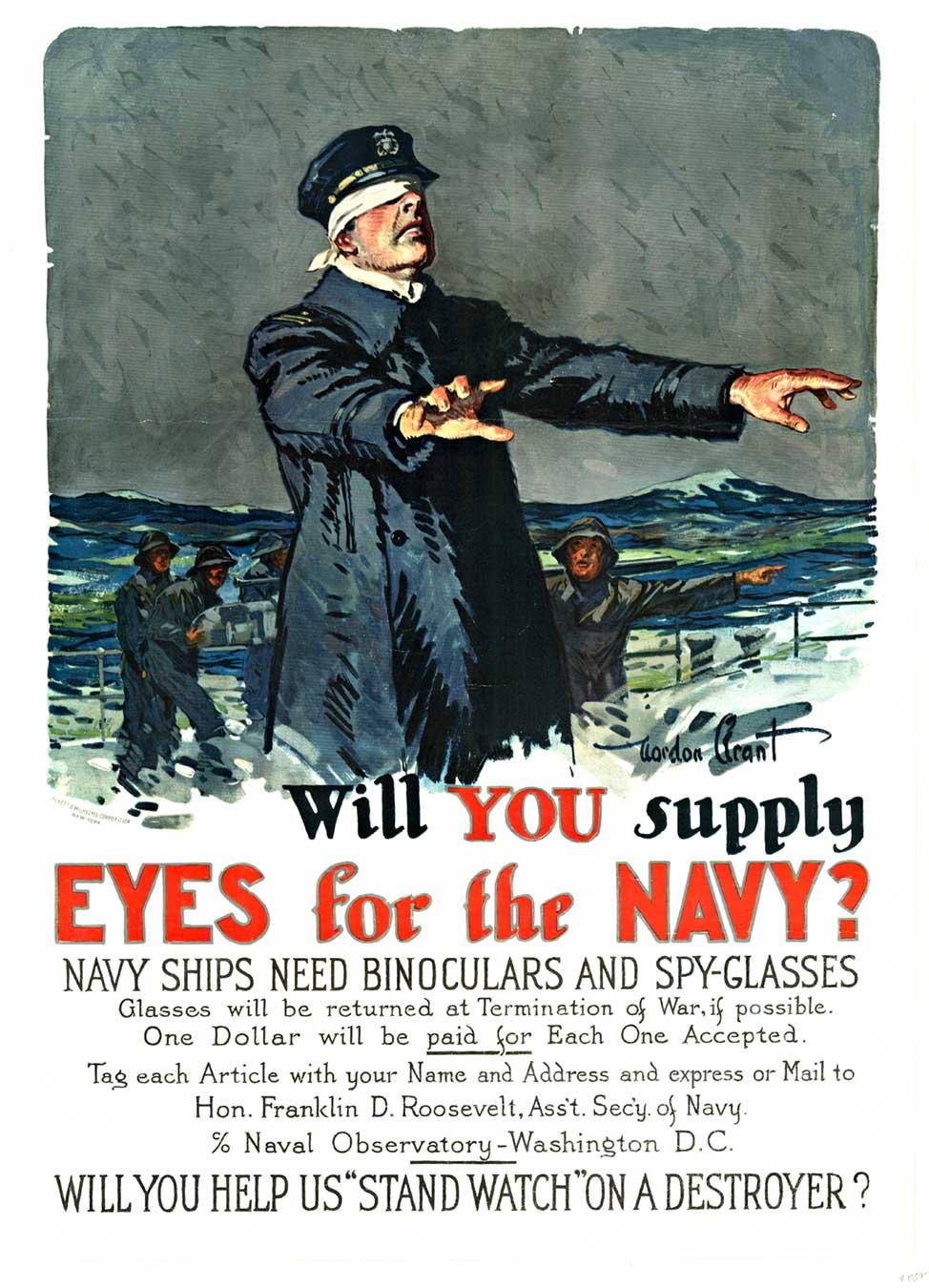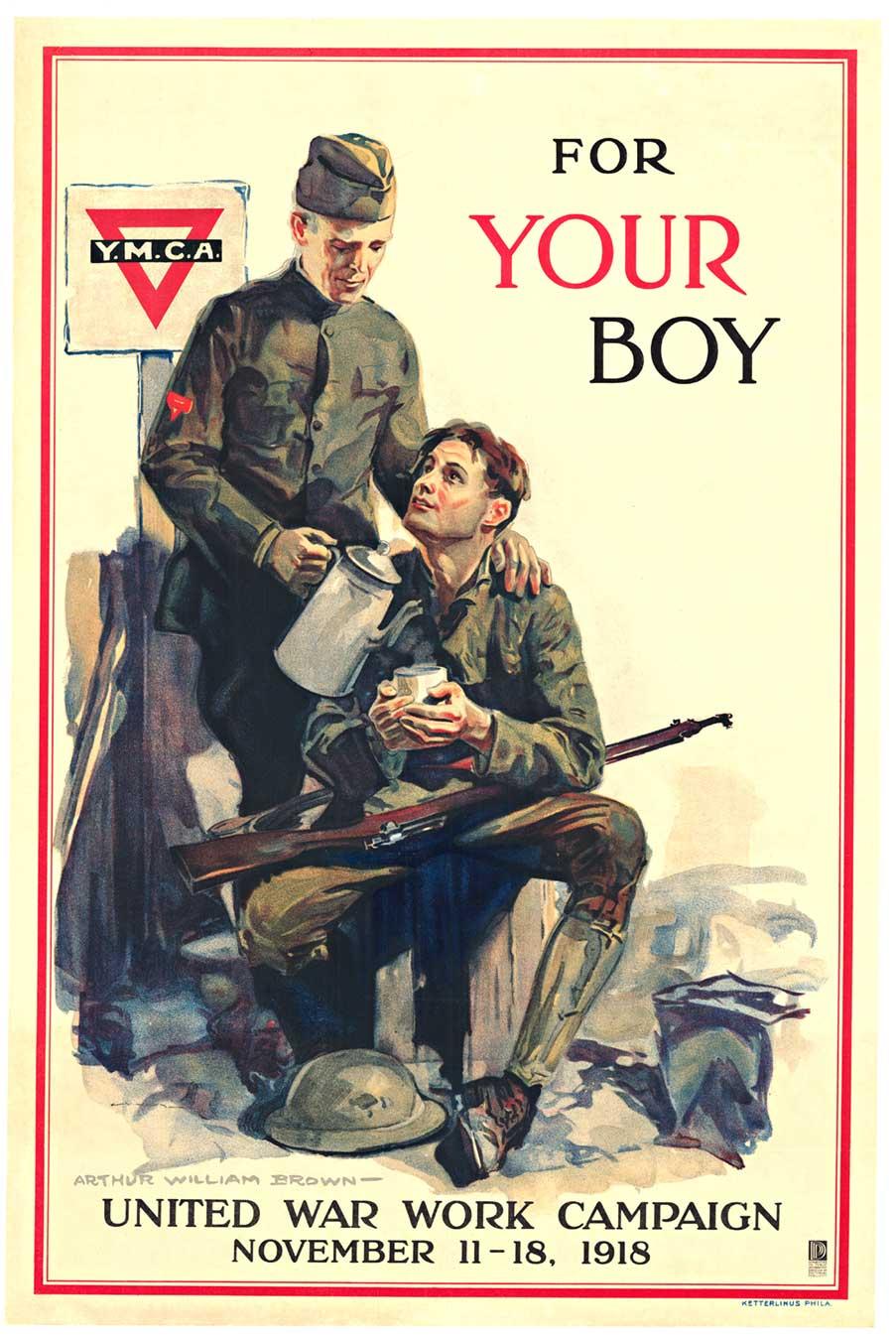Items Similar to Colored Vanity Fair Caricature of the "Gaekwar of Baroda" (Prince of India)
Want more images or videos?
Request additional images or videos from the seller
1 of 12
UnknownColored Vanity Fair Caricature of the "Gaekwar of Baroda" (Prince of India) 1901
1901
About the Item
A hand-colored caricature entitled the "Gaekwar of Baroda" (Prince of India), from Vanity Fair, Plate 23 , published July 3, 1901. Sayajirao Gaekwad III (1863-1939) was the Maharaja of Baroda State in India from 1875 to 1939. He is remembered for reforming much of his state during his rule. He belonged to the royal Gaekwad dynasty of the Marathas which ruled parts of present-day Gujarat province. The prince is depicted in a stately pose, dressed in an ornate bejeweled gold and white ethnic costume. He is holding a cane in his right hand and he holds his left hand behind him. The lithographic caricature's artist's initials MR are found in the lower right. Vanity Fair artists were usually identified by a short pseudonym, for example Spy was Sir Leslie Ward. However the artist's name is often not known, as is the case with MR.
The print and Vanity Fair biographical text is presented in a gold wood museum style corner-less wood frame, with a double mat with two openings displaying the caricature on the left and the text on the right. The outer mat is cream-colored and the inner trim is black.
Vanity Fair was a weekly magazine of social, literary and political content which was published in London from 1868 until February 5, 1914. It was favorite of Victorian and later, Edwardian England. Most popular of its features were the wonderful full page caricatures of famous men and women of the day. These lithographs remain Vanity Fair’s greatest legacy. The two most famous artists who worked for Vanity Fair were “Ape” (Carlo Pellegrini) and “Spy” (Sir Leslie Ward), but many other artists provided images for this long running series of delightful caricatures.
- Creation Year:1901
- Dimensions:Height: 21.75 in (55.25 cm)Width: 27.75 in (70.49 cm)Depth: 1.5 in (3.81 cm)
- Medium:
- Period:
- Condition:
- Gallery Location:Alamo, CA
- Reference Number:
About the Seller
5.0
Vetted Seller
These experienced sellers undergo a comprehensive evaluation by our team of in-house experts.
Established in 2011
1stDibs seller since 2019
233 sales on 1stDibs
Typical response time: 1 hour
- ShippingRetrieving quote...Ships From: Alamo, CA
- Return PolicyA return for this item may be initiated within 7 days of delivery.
More From This SellerView All
- Mothu et Doria: A 19th C. Lithograph from Les Maitres de l'Affiche by SteinlenBy Théophile Alexandre SteinlenLocated in Alamo, CAThis is a framed 19th century color lithograph entitled "Mothu et Doria" created by Theophile Alexandre Steinlen and published between 1896 and 1899 in Paris, France by Jules Cheret in his famous series of miniature colored stone lithographs of popular Belle Epoch posters...Category
Late 19th Century Landscape Prints
MaterialsLithograph
- A Pair of 19th C. Engravings Depicting the Costumes and Weapons of Afghani MenLocated in Alamo, CAThese hand-colored lithographs are from "Character and Costumes of Afghanistan", written by Lockyer Willis Hart (of the 22nd Bombay Native Infantry). The lithographs were created by ...Category
1840s Realist Portrait Prints
MaterialsLithograph
- Daumier Colored Lithographic Satire of a Man Concerned for His Vineyard and WineBy Honoré DaumierLocated in Alamo, CAA hand-colored lithograph by the father of French satire and caricature, Honore Daumier (1808-1879) entitled "Faut espérer que grâce à ces précautions ce diable d'Oïdum ne pénétrera ...Category
1840s Other Art Style Landscape Prints
MaterialsLithograph
- An early 19th C. satirical etching of John Bull kneeling before William PittLocated in Alamo, CAThis is an early 19th century hand-colored satirical caricature etching entitled "John Bull and his favourite statue of bronze!!", published and possibly engraved in London in 1802 by William Holland (1757-1815). It depicts John Bull (symbolizing the English people) kneeling in profile before William Pitt, who was prime minister of England at the time, and for whom the American city of Pittsburgh was named. Pitt is standing, pretending to be a statue. A rectangular pedestal beneath Pitt is inscribed: "Erected by Voluntary Subscription!" Pitt's body seems elongated, reminding that this a caricature. He is standing, looking to the left, his aristocratic nose held high in apparent arrogance and his hands are deep in his pockets, with his hat under his right arm. John Bull, is dressed simply for the time. He is on in his knees in a gesture of supplication, as if in prayer or begging for some action from a deity. He is holding his hat in both hands, looking up at Pitt. Trees and bushes are seen in the background. A caption showing John Bull's words in the upper left ironically reads: "O Wonderful Man! - how I revere thy sublime resemblance. - what obligations I am under to thee! what happy times thou hast brought about! Bread for nothing! Beef 3d per pound! Porter 3d per pot! a Goose 2 shillings! and a fat Turkey 3s.6d!! - whit every thing else cheap in proportion! - besides the wonderful decrease of Taxes!! - O Dear - O Dear I hardly know how to express myself, I feel so enraptured. - O that fine brass countenance how it shines with conscious Integrity!" The engraving is presented in a gold-colored wood frame and a tan-colored mat, with curved upper corners. The frame measures 18" high, 13.13" wide and 0.5" deep. The framing and mounting utilizes acid-free archival materials and it is glazed with UV conservation clear glass. There are a few faint areas of discoloration and spotting and an apparent short barely visible crease in the lower right corner of the inscription area. The print is otherwise in very good condition. William Holland was printmaker as well as a prominent dealer of satirical prints in London in late 18th and early 19th century. He carried works by the best known satirists of the time: Gillray, Rowlandson, Newton and Woodward, as well as his own creations. Holland along with the other prominent print-sellers of the time, Hannah Humphrey and Samuel Fores, were responsible for promoting the golden age of British caricature...Category
Early 19th Century Portrait Prints
MaterialsEtching
- "Earl Sandwich Refusing to Leave His Ship": An 18th Century Etching/EngravingBy Robert SmirkeLocated in Alamo, CAAn 18th century etching and engraving entitled "Earl Sandwich Refusing to Leave His Ship While on Fire in the Battle of Sole Bay" by William Byrne (1743-1805), after a painting by Robert Smirke (1753-1845). It was published in London in 1798. The print is presented in a cream-colored mat. The mat measures 17.13" in height and 13" in width. The print is in excellent condition. Edward Montagu, the 1st Earl of Sandwich...Category
1790s Landscape Prints
MaterialsEtching, Engraving
- Qua-Ta-Wa-Pea, A Shawnee: 19th C. Folio Hand-colored McKenney & Hall LithographBy McKenney & HallLocated in Alamo, CAThis is an original 19th century hand-colored folio-sized lithographic portrait of a Native American entitled "Qua-Ta-Wa-Pea, A Shawanoe Chief", from McKenney and Hall's 'History of the Indian Tribes of North America'. It was lithographed by J. T. Bowen after a painting by Charles Bird King and published by E. C. Biddle in Philadelphia in 1836. Quatawapea wears a maroon head covering, a white ruffled shirt and blue shawl with gray trim. His presidential peace medal is attached to a maroon fabric...Category
Mid-19th Century Naturalistic Portrait Prints
MaterialsLithograph
You May Also Like
- Original "Belgium Cities of Art" vintage poster 1932Located in Spokane, WAOriginal Travel Poster for Belgium - Cities of Art signed by artist Poleff and dated 1932. The image, framed in an archway window, features a woman wearing Byzantine / Middle Ages e...Category
1930s Gothic Portrait Prints
MaterialsLithograph
- Original Paris to London by train vintage poster Paris - LoundresLocated in Spokane, WAOriginal ‘Chemin de Fer de L'Ouest; Paris a Londres’ vintage travel poster. Antique original European travel poster from circa 1880-1900 sto...Category
1890s Art Nouveau Portrait Prints
MaterialsLithograph
- Original "Brasserie Schneider" vintage French poster art nouveauLocated in Spokane, WAOriginal “Brasserie Schneider” horizontal vintage poster. Professional archival linen backed in very good to excellent condition. Art nouveau style, ready to frame. Fantastic an...Category
Early 1900s Art Nouveau Portrait Prints
MaterialsLithograph
- Original Visitate l'Exposizione Coloniale Parigi vintage travel posterLocated in Spokane, WAOriginal travel poster: Visitate l'Esposizione Coloniale A smiling dusky maiden who looks just like Josephine Baker, pushes aside a blue curtain to reveal the splendors of her nat...Category
1930s Art Deco Portrait Prints
MaterialsLithograph
- Original 'Will You Supply Eyes for the Navy?' vintage American military posterBy Gordon GrantLocated in Spokane, WAOriginal WW1 poster, linen-backed. Very good condition, rare American WW1 antique military poster. Navy ships need binoculars and spy-glasses. Will you ...Category
1910s American Realist Portrait Prints
MaterialsLithograph
- Original "For Your Boy, YMCA, vintage WW1 1918 posterBy Arthur William BrownLocated in Spokane, WAOriginal. YMCA for Your Boy. Acid-free original vintage poster in excellent condition with archival linen backing, ready to frame. Certificate o...Category
1910s American Realist Portrait Prints
MaterialsLithograph
